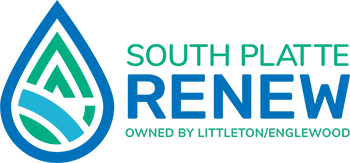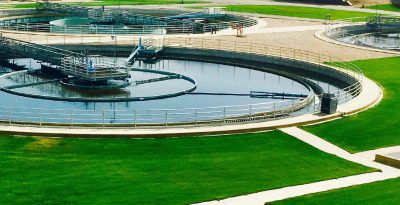

Interactive Service Map
Use this search function to determine the Sewer District, Water District and Storm Drainage District for your address. It will also provide additional information on the service provider, billing provider and contact information.

South Platte River Information
The South Platte River is one of the two principal tributaries of the Platte River. Flowing through Colorado and Nebraska, it is a major river of the American Midwest, Southwest and Mountain West. The river serves as the main source of water for eastern Colorado.